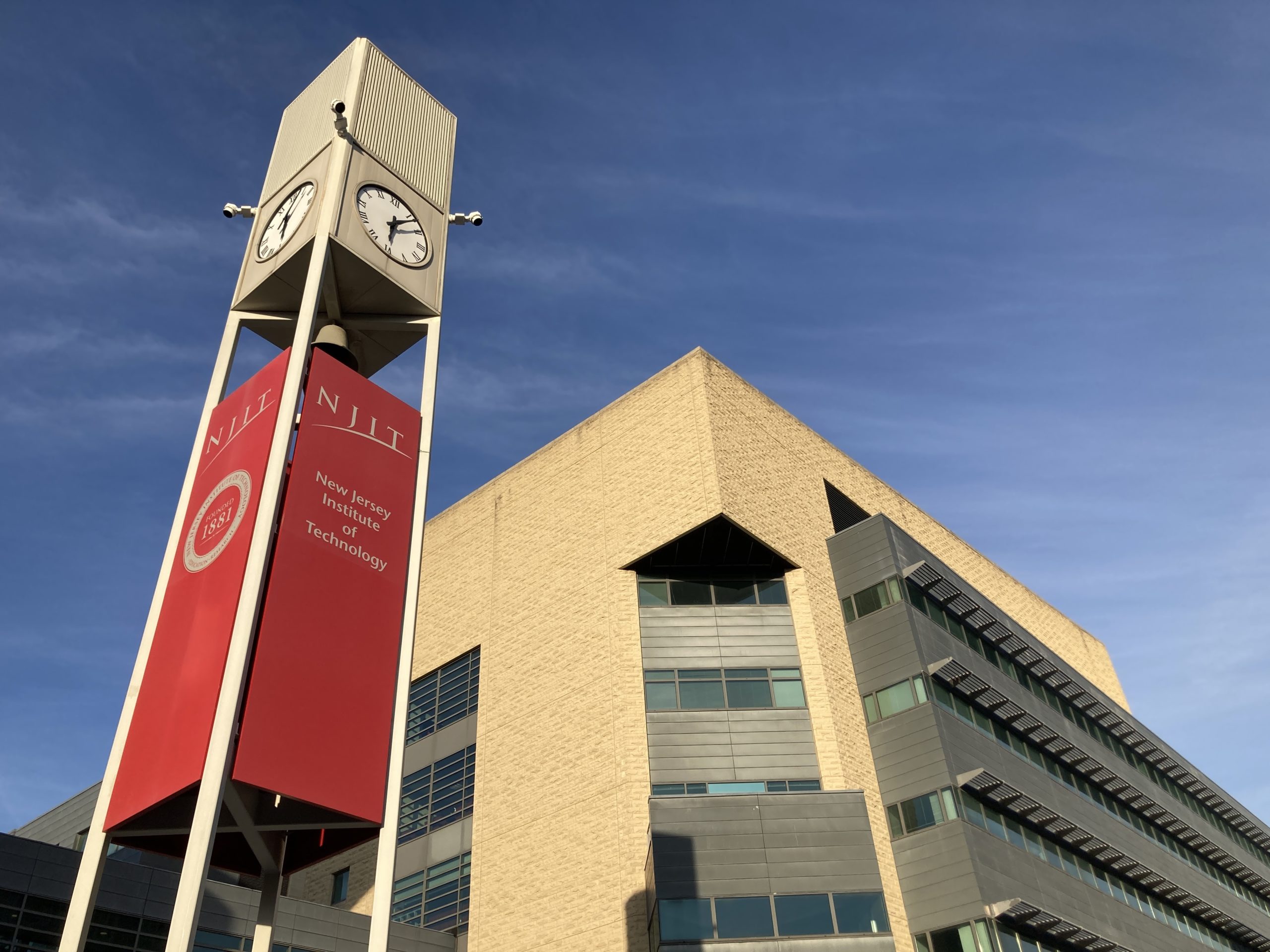

By Yukthi Sangoi | Student Reporter, Editor-in-Chief, The Vector, New Jersey Institute of Technology
This story was produced in collaboration with CivicStory and the NJ Sustainability Reporting project.
In a year-long assessment submitted to the Sustainability Tracking, Assessment & Rating System in January, the New Jersey Institute of Technology (NJIT) scored a silver rating, which is valid until March 21, 2026. The system is a self-reporting framework for colleges and universities to measure their sustainability performance, according to its website. The Association for the Advancement of Sustainability in Higher Education hosts this sustainability culture assessment.
The evaluation was completed through a survey that was sent out through email to all students, staff, and faculty on Oct. 5, 2022, by the Office of Institutional Effectiveness. Key points from the survey results include that around 50% of staff, faculty, and students want leaders on campus to make sustainability a top priority.
Despite this, around 30% of the aforementioned groups are still unaware of NJIT’s Office of Sustainability. They would also like the university to work on providing access to alternative modes of transportation, presenting additional recycling opportunities, composting on campus, and adopting a plan to guide sustainability efforts.
On April 6, 2022, former NJIT President Dr. Joel Bloom pledged the pursuit of a carbon neutral campus, committing to take direct action on climate change as an institution. Dr. Prabhakar Shrestha, the university’s first Assistant Director of Sustainability, emphasized the significance of this step.
“Most of the institutional-level commitments come from the highest administrative body,” he said. “It is important to have the support of senior leadership as we work toward carbon neutrality.”
Shrestha has been active in acknowledging areas in which there are opportunities to earn even higher ratings, corresponding with the previously mentioned sustainability tracking system. The first is documenting sustainability objectives within policies and guidelines. An example of this would be “getting sustainability goals in our design policy for new and renovated buildings,” he mentioned.
Additionally, he suggested enhancing education about recycling and continuing to diverge from landfills. “NJIT has made recent efforts to increase recycling participation on campus, like the implementation of single-stream recycle bins, the reduction of single-use items, and the switch from plastic bags to a more recycling-friendly paper alternative,” Shrestha added. “Increasing awareness of our recycling guide will also help to reduce contamination and improve recycling on campus.”
Food waste is one of the most prominent types of waste that end up in landfills. Implementing food waste recycling is in the prospects of NJIT’s near future, Shrestha said. NJIT works with Waste Management to divert its food waste, coming primarily from the dining hall, to participate in the management’s Centralized Organic Recycling process.
To address working towards the carbon neutrality commitment, he mentioned that NJIT has already taken measures of action to pursue the pledge. “The first step taken is forming a sustainability subcommittee to guide the development and implementation of the Climate Action Plan,” Shrestha commented. “We also completed our greenhouse gas inventory, which is a part of the Annual Progress Evaluation report. The inventory highlights our annual greenhouse gas emissions; the information will be analyzed for opportunities for improvement.”
Ultimately, Shrestha believes that on-campus engagement plays a major role in promoting growth in sustainability. “We are already planning events with the Student Senate and Graduate Student Association to enhance our sustainability events and make it simple for our community to practice pro-environment behavior,” he concluded.
The figure below depicts NJIT’s greenhouse gas emissions by sector.

Scope 1 emissions are direct greenhouse gas emissions from sources that are owned or controlled by the entity. Scope 1 can include emissions from fossil fuels burned on site, emissions from entity-owned or entity-leased vehicles, and other direct sources.
Scope 2 emissions are indirect greenhouse gas emissions resulting from the generation of electricity, heating and cooling, or steam — generated off-site but purchased by the entity — and the transmission and distribution losses associated with some purchased utilities — for instance, chilled water, steam, and high temperature hot water.
Scope 3 emissions include indirect greenhouse gas emissions from sources not owned or directly controlled by the entity but related to the entity’s activities. This can include commuting, air travel, waste emissions, etc.
This story was produced in collaboration with CivicStory and the NJ Sustainability Reporting project.

Recent Comments